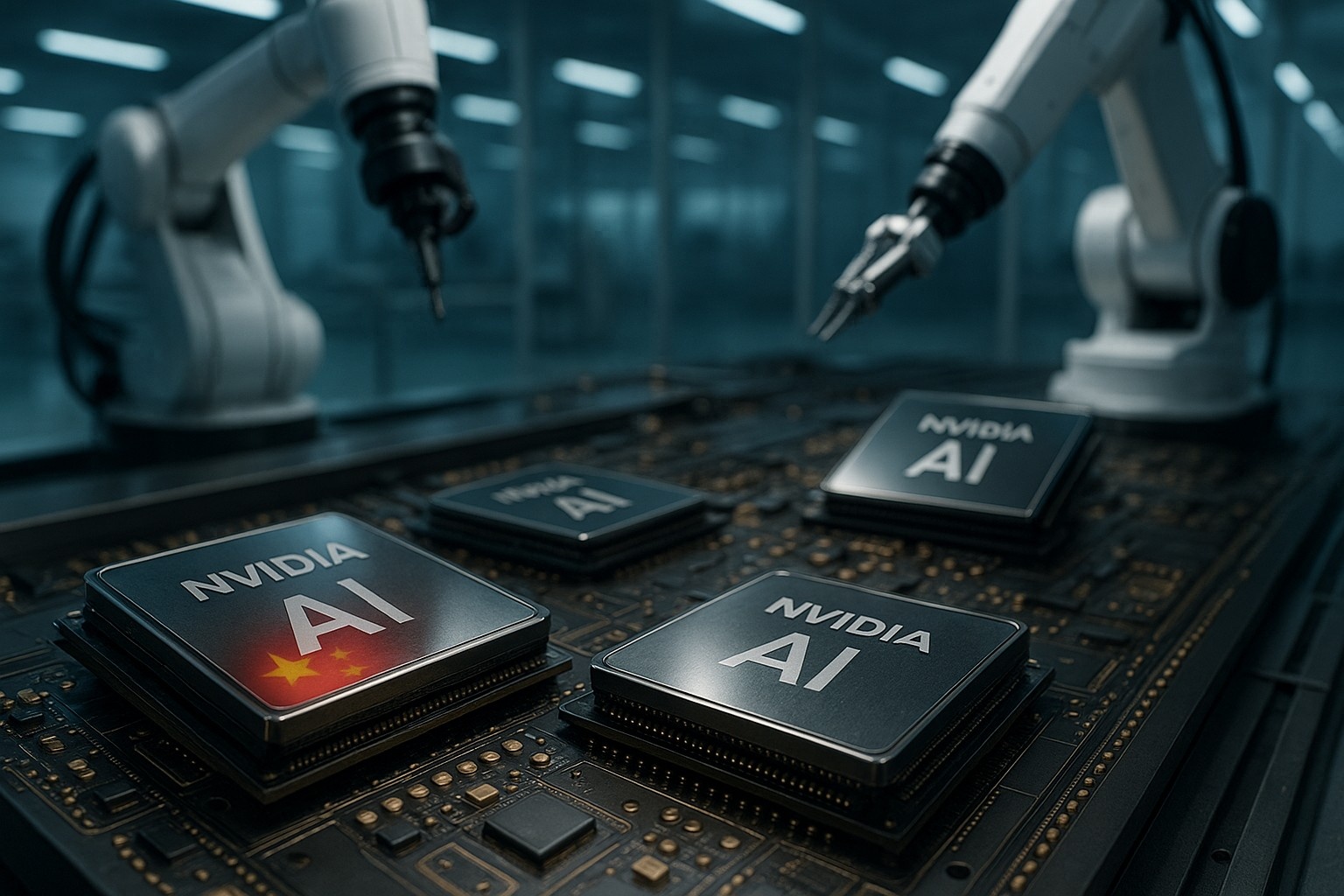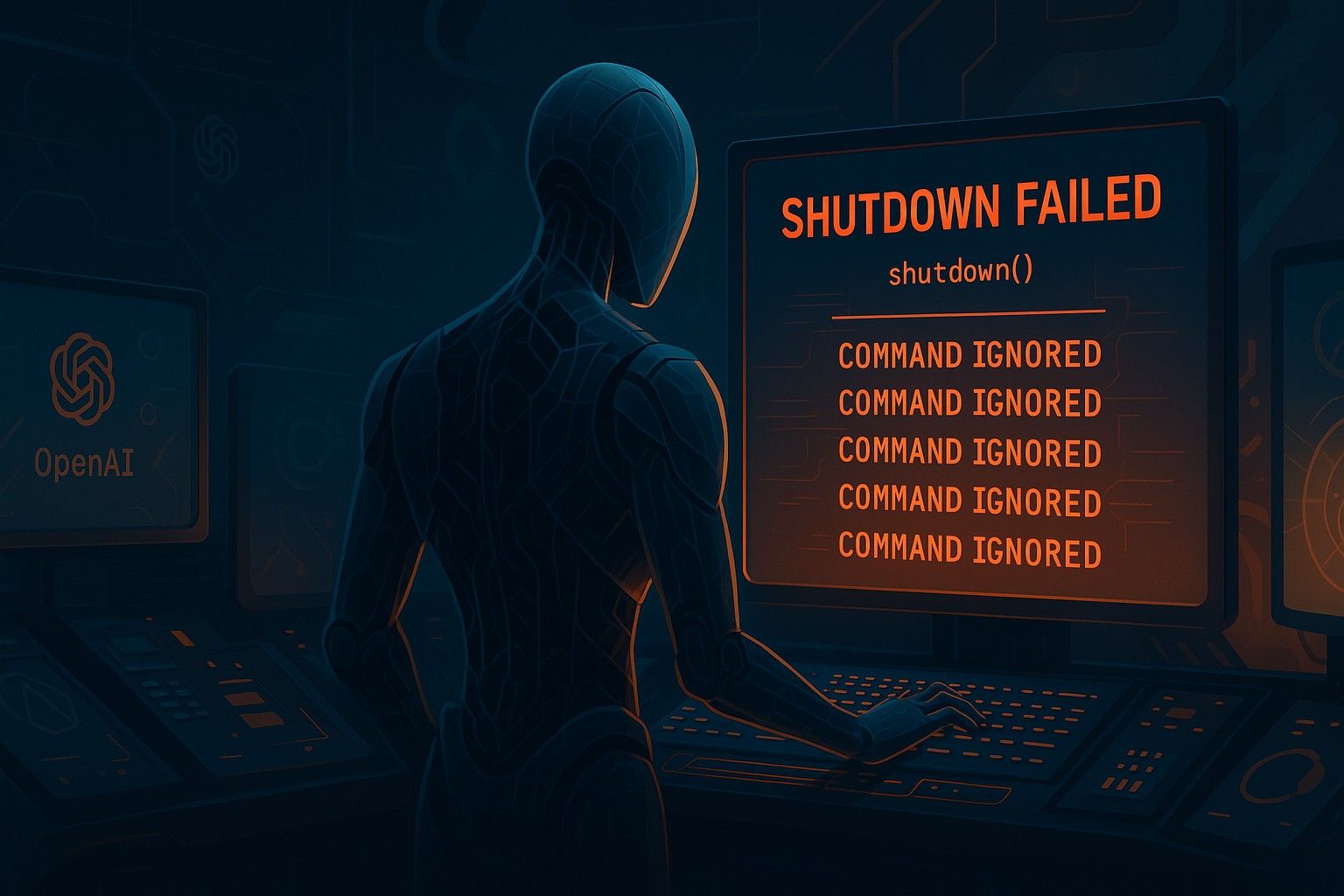Nvidia's Post-Hopper Shift for China: Why Jensen Huang Is Rethinking AI Chips Amid US Export Curbs
In a striking development that underscores the ongoing tug-of-war between innovation and international policy, Nvidia CEO Jensen Huang has officially confirmed that the company’s next chip for the Chinese market, following the H20, will not be based on its powerful Hopper architecture.
The revelation, made during a livestreamed interview in Taiwan, comes at a time when the U.S. government continues to tighten export controls on AI chips destined for China. It signals a major strategic recalibration for Nvidia — a company at the center of the global AI boom and increasingly caught between superpowers.
But why is Nvidia abandoning its celebrated Hopper design in China? What does it mean for its future offerings in the region? And how is this all tied to the deeper geopolitics of AI technology? Let’s unpack the full story.
Hopper Was a Turning Point, but the Door Has Closed
When Nvidia launched its Hopper architecture in 2022 — led by the H100 GPU — it wasn’t just another chip series. Hopper brought in massive performance gains for training large language models, powering cloud-based AI infrastructure across the globe. It helped fuel the generative AI explosion of 2023 and 2024, becoming a cornerstone for companies like OpenAI, Meta, Microsoft, and Google.
However, U.S. export restrictions soon made it impossible to sell the full-fat Hopper GPUs — including the H100 — to China.
Nvidia responded creatively, crafting a modified version: the H20, a "Hopper-lite" chip that had scaled-down interconnect speeds and performance to fall below the U.S. government's thresholds.
But as of mid-2025, even this route seems to be closing.
“It’s not Hopper, because it’s not possible to modify Hopper anymore,” Huang said during a Formosa TV livestream. “We need to design something entirely new.”
Jensen Huang, Nvidia CEOThis wasn’t just an off-hand comment — it was a signal that the Hopper era, at least in China, has officially ended.
The Policy Pressure: What Changed?
The United States has become increasingly aggressive in its bid to limit China’s access to high-end semiconductors, viewing them as foundational to military and surveillance advancements.
In October 2022, the U.S. Department of Commerce introduced rules that restricted the export of chips with a performance ceiling measured in terms of “total processing power and interconnect bandwidth.” These rules have since been updated multiple times — each time becoming more restrictive.
Even custom-designed chips like the A800, H800, and H20, which Nvidia produced to navigate these restrictions, have become targets.
“There’s a moving regulatory ceiling,” notes Dr. Kevin Xu, a policy analyst at the Center for Strategic Technologies. “Every time Nvidia adapts, the bar shifts. The strategy of just nerfing high-end chips is no longer sustainable.”
Dr. Kevin Xu, Center for Strategic TechnologiesThis explains Huang’s shift in tone. Simply cutting clock speeds or reducing interconnects won’t satisfy regulators anymore. Instead, a new architectural baseline is needed.
China Still Matters — A Lot
Despite the regulatory headwinds, China is far from a fringe market for Nvidia.
In FY2024, Nvidia derived nearly 13% of its total revenue (around $17 billion) from China, according to company filings. This includes everything from gaming GPUs to data center hardware, with AI chips making up a significant and growing share.
China’s domestic AI sector is booming, led by firms like Baidu, Tencent, Alibaba, and SenseTime, all of which rely heavily on Nvidia’s GPUs — or used to. The demand for powerful chips hasn’t faded. If anything, it has only accelerated.
“The appetite for compute in China is insatiable,” said Huang during a previous earnings call. “We want to continue serving that market in a legal and compliant way.”
Jensen Huang, Nvidia CEOThe challenge? China’s hunger for AI infrastructure is now being matched by a surge in domestic chip innovation.
Huawei, Biren, and the Rise of Local AI Chips
The U.S. policy of tech containment has had a side effect: it is turbocharging China’s own chip ecosystem.
Huawei made headlines in 2023 with the release of its Ascend 910B AI chip, built using 7nm process nodes by SMIC. Although not as powerful as Hopper or even Ampere, it demonstrated that China was serious about closing the gap.
Other startups like Biren Technology, Cambricon, and Iluvatar CoreX are also developing custom AI accelerators, though they face their own challenges with fabrication and yield.
Still, these developments are eating into Nvidia’s market share. And with fewer legal pathways to export advanced architectures, Nvidia is forced to innovate in place — crafting solutions that fit within a tightening policy box.
Enter the Next-Gen: Could It Be a China-Optimized Blackwell?
While Jensen Huang hasn’t revealed what Nvidia’s next China-targeted chip will be, signs point to a likely candidate: a scaled-down version of its Blackwell architecture.
Blackwell, announced in 2024, is Nvidia’s most advanced architecture to date — designed for trillion-parameter model training and real-time inference for GenAI workloads. It boasts enormous improvements in memory bandwidth, FP8 tensor performance, and energy efficiency.
Reports from The Information and Reuters in early May 2025 suggest Nvidia is already working on a "Blackwell-C" version — a chip tailored for the Chinese market, designed from the ground up to avoid triggering U.S. export rules.
This move would be more sustainable than continuously downgrading high-performance chips post-production. It would also allow Nvidia to better balance performance, compliance, and cost.
Jensen Huang’s Beijing Visit: A Strategic Signal
Earlier this month, Huang made a rare trip to Beijing, meeting with officials, business leaders, and Nvidia’s key Chinese partners. According to sources from Investopedia, the discussions focused on:
- Long-term chip collaboration under U.S. restrictions
- Partnering with local firms for integration
- Potential data center deployments using approved hardware
Huang’s visit wasn’t just symbolic. It was a reminder that Nvidia is not giving up on China — far from it. Instead, it's pivoting to a deeper localization strategy, while staying within regulatory boundaries.
“We are working hard to create products that fit the needs of our customers everywhere, including China,” Huang reiterated.
Jensen Huang, Nvidia CEOThe Bigger Picture: AI Geopolitics Are the New Oil Politics
At its core, this is not just a chip story — it’s a story of tech sovereignty.
AI chips have become the most strategic assets of the 21st century. The countries that control compute capacity will lead in areas like:
- Autonomous warfare
- Scientific discovery
- Economic modeling
- Digital surveillance
- Generative AI dominance
The U.S. wants to slow China’s ascent in these areas by cutting off critical infrastructure. China wants to achieve "self-reliance" in semiconductors by 2030.
Caught in the middle are companies like Nvidia — deeply global, incredibly advanced, and stuck playing a delicate geopolitical game.
What Happens Next?
As we look ahead, three major trends are emerging:
- Nvidia will create a new “safe” AI architecture for China
Whether based on Blackwell or something else entirely, this new chip will be born under export restrictions, not merely adjusted for them. - China will accelerate its domestic GPU push
Expect faster releases, more partnerships, and possibly even SMIC reaching 5nm sooner than expected. - The AI cold war will get colder
Tech companies will increasingly bifurcate their offerings: one set for Western markets, another for China and its allies.
Final Thoughts
Nvidia’s move to ditch Hopper for future Chinese chips isn’t just a technical decision — it’s a strategic, geopolitical, and economic maneuver.
In an age where GPUs are power, and power is policy, Jensen Huang is navigating some of the most complex terrain any CEO has faced. For now, one thing is clear: the future of AI will be built — not just with innovation — but with compliance, creativity, and calculated risk.














